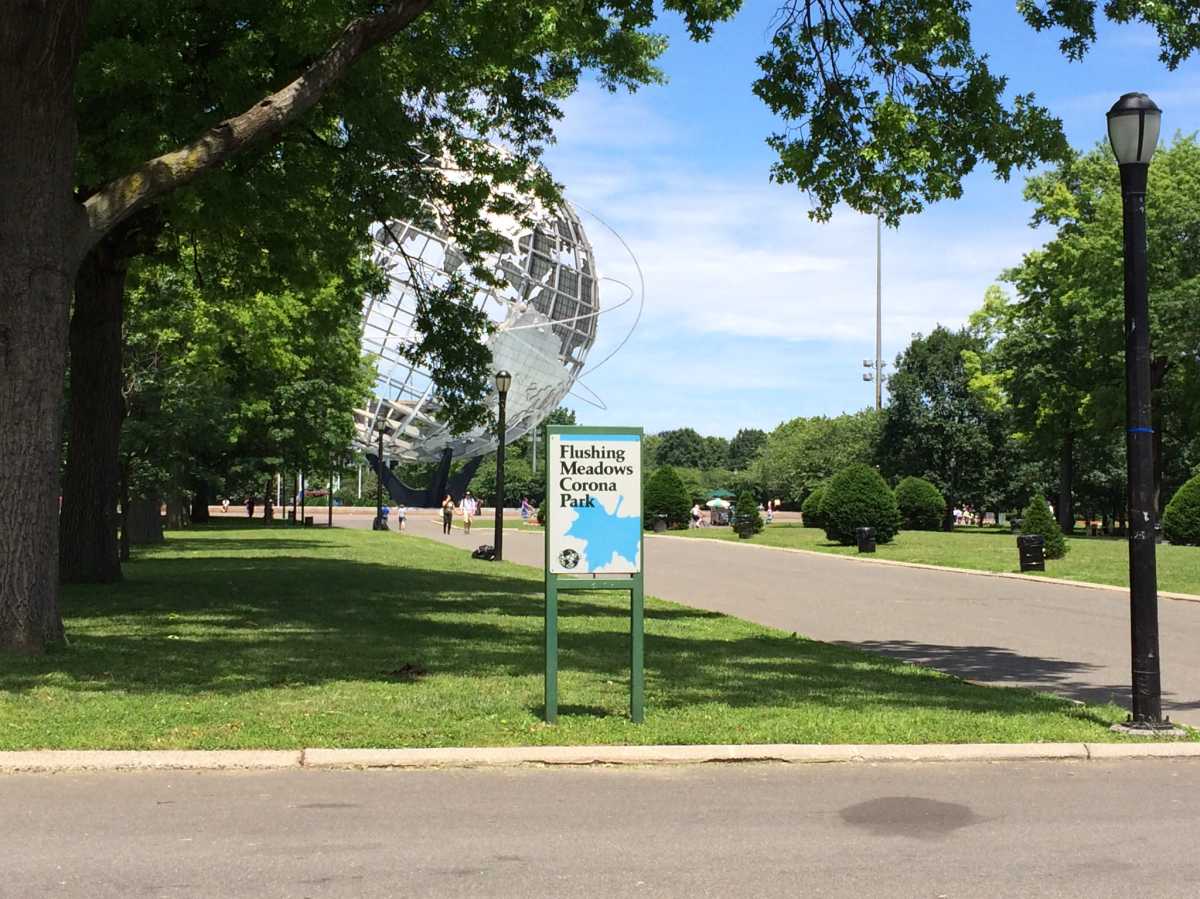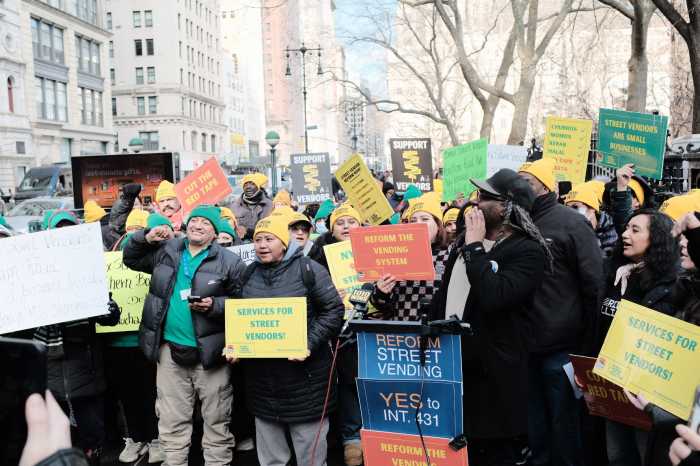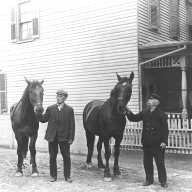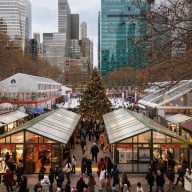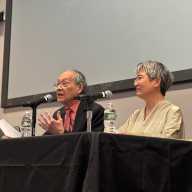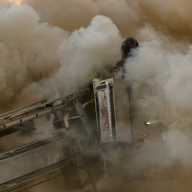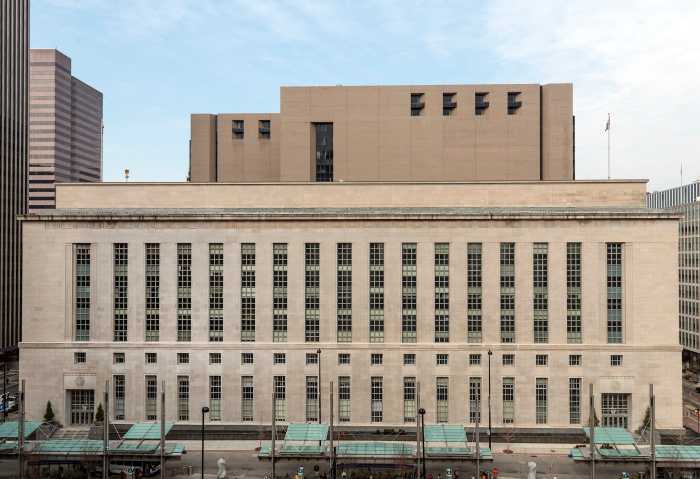A new report has described Flushing Meadows Corona Park as the most “overlooked” park in New York City, stating that the park has severe infrastructural issues after being underappreciated and underinvested in for years.
The report, published by the Center for an Urban Future, calls for a new level of public investment in the park and states that the park is currently facing a myriad of issues, including the constant threat of flooding, deteriorating infrastructure and fading monuments.
Titled “The Park Queens Deserves,” the report also outlines 20 ideas and solutions for “harnessing the full potential” of the park, including calls for a 10-year strategic plan that guides investment and decision-making. The report also calls on all relevant public bodies to prioritize future spending in the park to address the constant threat of flooding, noting that even minor rainfall can leave the park unusable for days.
Similarly, the report calls for the creation of a Flushing Meadows Corona Park “Flood Fund,” which would capture some of the private revenue generated inside the park for climate resiliency and mitigation upgrades.
The report, commissioned by the Alliance for Flushing Meadows Corona Park, further calls on the NYC Department of Environmental Protection (NYC DEP) to take more responsibility for repairing and replacing water mains and collapsed water basins within the park.
It also calls for reducing the amount of asphalt within the park, as well as calling on public and private partners to make major long-term financial commitments to the park that allows the park to “reverse years of inadequate attention.”
Jonathan Bowles, executive director at the Center for an Urban Future (CUF), said the park has never received the level of investment it needs in order to unlock its full potential.
“Our plan offers a roadmap to ensure that this remarkable asset reaches its full potential and better serves the diverse mix of Queens residents who have few other options for picnics, play and open space,” Bowles said in a statement.
CUF argues that the park has only received $100 million in city funds since 2012, with $56 million of those funds going toward the restoration of the New York State Pavilion. CUF argues that the project offered “little material benefit” to parkgoers. However, the report further contends that the park’s problems go beyond a lack of investment, stating that the layout of Flushing Meadows Corona Park remains an “artifact of the past.”
The park opened in 1939 as the site of the 1939 World’s Fair, with much of the park built on what was formerly wetlands. CUF said the park is currently more fitting as a fairground than as an open space.
“It has surprisingly few green open spaces to accommodate the insatiable demand for soccer, ecuavolley, cricket, cookouts and many other activities that today too often take place on modest stretches of grass—or dirt—between trees or adjacent to ballfields,” CUF said in the report. “At the same time, buildings once used for the World’s Fair, like the Queens Museum and Queens Theatre, don’t feel well integrated with the park experience.”
State Sen. John Liu, whose district covers a portion of Flushing Meadows Corona Park, said he has had “extended discussions” with the Parks Department about the threat of flooding in the park.
He said amenities within the park have received significant funding in recent years, often to the detriment of basic infrastructure such as pathways and flood mitigation.
“As we invest more capital dollars into specific amenities within the park, whether it be the Hall of Science, whether it be the Queens Museum, even the Unisphere, the basic infrastructure has been so s****y,” Liu said. “The paths are always filled with cracks and bulges and sinkholes. It’s near third-world infrastructure. The Parks Department, to their credit, has acknowledged that, unfortunately, most of the park was built on a wetland, and so it was not well designed.”
He said the park badly needs a proper drainage system “first and foremost,” stating that the park cannot have well-paved pathways if the drainage is not sufficient. He also called for a redesign in parts of the park where it is difficult to combat the impact of flooding or increased rainfall.
“That means perhaps having to relocate certain fields or certain sections of the park and allowing water to flow through, as opposed to trying to stop water in its tracks, which usually can’t be done,” Liu said.
Liu said the state legislature has awarded more funding to the park every year, but noted that much of that investment has gone toward specific amenities within the park. He believes it has been difficult to obtain investment in critical infrastructure because it does not offer the same photo opportunities for elected officials. ”
“People generally don’t want to cut the ribbon on infrastructure,” Liu said. They want to cut the ribbon on a new building or improvement to an existing building, like the Queens Museum, which is great, but we need to invest money in the infrastructure, which is the underlying drainage.
“You can’t cut the ribbon on sewer pipes,” Liu said.
Liu added that the Parks Department has informed him that infrastructure upgrades would cost roughly $100 million.
Mets owner Steve Cohen has pledged to invest that sum in the park if he does not build a sky park connecting Downtown Flushing to the planned Metropolitan Park casino and entertainment complex. Liu said that commitment was a key factor in his support for Metropolitan Park.
Liu further contended that the existing infrastructure problems leave a bad impression for visitors who travel to the park for popular events such as the Queens Night Market or the US Open.
“I know for a fact that when people visit the US Open, they would be far more inclined to visit the rest of the park if it was not such a tripping hazard to wander even 100 yards outside the grounds of the US Open.”
Assembly Member Sam Berger, who also represents a portion of the park, called for investments in the park that would allow it to equal other parks in the city.
“For me, the park brings up memories of Sunday bike rides with family. Since the World’s Fair and for every generation after, the park has been a place of warmth and togetherness in the heart of Queens,” Berger said. “It deserves the same level of investment as the other amazing parks across our city, so that it can thrive for generations to come.”
A spokesperson for the Parks Department said the agency “values the spirit” that CUF brings to the “vital works” of parks funding, stating that NYC Parks is continuously exploring innovative and creative approaches to enhance parks across the city.
“NYC Parks remains steadfastly committed to providing Queens residents with exceptional green spaces and recreation opportunities at Flushing Meadows Corona Park, one of our city’s most treasured destinations,” NYC Parks said in a statement. “Our dedicated park maintenance and operations teams work tirelessly year-round to clear catch basins and pump areas during severe weather events, striving to keep the park accessible and safe for all visitors. With over $65 million in current projects containing flooding resiliency features, NYC Parks is staying focused on keeping Flushing Meadows ready for inclement weather conditions.”
NYC Parks officials pointed to ongoing projects that aim to combat flooding and improve resiliency inside the park, including a $41 Tide Gate Bridge Reconstruction project, which aims to replace the gates’ mechanical flood control structures with updated hydraulic control systems. The gates control flow from Flushing Creek.
Meanwhile, the Parks Department is also undertaking a $15 million redevelopment of the Flushing Meadows Storehouse with upgraded features which include critical improved drainage systems and landscape restoration. There is also a $10 million project to reconstruct the Corona Park Electrical Vault damaged during Hurricane Sandy, including plans to elevate the vaults to protect them from potential flood damage.
A Parks official noted that Flushing Meadows Corona Park was built on a salt marsh flanking Flushing Creek, which still flows through the park to Flushing Bay.
U.S. Rep. Grace Meng, whose district also covers the park, described Flushing Meadows Corona Park as the “crown jewel” of parkland in Queens and one of the most beautiful open spaces in the city.
“Recently, I secured more than half a million dollars to help with the development of community-based resiliency projects in the park, such as combating flooding and other issues, and I’ve met with the DEP about funding to address the issue in Queens,” Meng said in a statement. “We must do all we can to preserve and protect this wonderful, sprawling space that is used by so many throughout our borough.”

